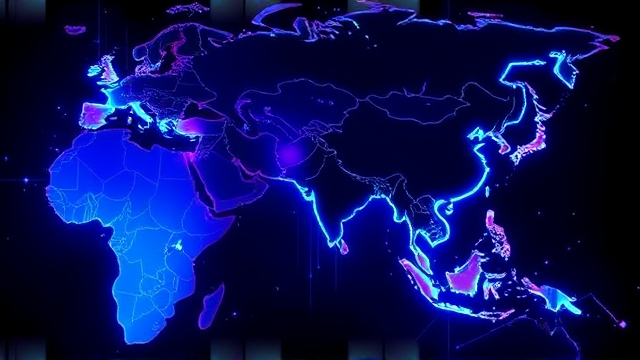OpenAI expands ChatGPT Go to 16 new Asian countries.
In a move that significantly accelerates the global proliferation of accessible artificial intelligence, OpenAI has strategically expanded its budget-friendly ChatGPT Go subscription tier, priced at a mere $5 per month, into 16 new markets across Asia. This expansion is far more than a simple market rollout; it represents a critical inflection point in the geopolitical and technological landscape of AI adoption.For years, the most powerful large language models have been largely confined to Western markets or available through costly enterprise APIs, creating a digital chasm between those with immediate access to transformative AI tools and those without. This deployment into diverse Asian economies—from burgeoning tech hubs to developing nations—effectively bridges that gap, democratizing a level of computational intelligence that was, until recently, the exclusive domain of well-funded researchers and corporations.The implications are profound. We are witnessing the early stages of a foundational shift, akin to the spread of the internet itself, where access to information and creative computation becomes universally available.The $5 price point is a masterstroke in product-market fit, carefully calibrated to be affordable for individual students, entrepreneurs, and freelancers across a wide spectrum of economic backgrounds, thereby seeding an entire generation with an AI-native mindset. From an architectural standpoint, this expansion also serves as a massive, real-world stress test for OpenAI's inference infrastructure, challenging its systems to handle a explosion of new linguistic patterns, cultural contexts, and user intents.One must consider the technical hurdles involved in maintaining low-latency, high-quality responses across such a vast and heterogeneous region, a logistical feat that underscores the company's immense backend capabilities. However, this growth is not without its thorny ethical and socioeconomic dimensions.The rapid infusion of such a powerful tool into these markets will inevitably disrupt local job sectors, from customer service and content creation to translation and education, forcing a urgent re-evaluation of workforce skills and national educational policies. Furthermore, it raises pressing questions about data sovereignty, content moderation across different cultural and legal frameworks, and the potential for an 'AI monoculture' where a single corporate entity's model shapes the cognitive processes of millions.The strategic timing is also noteworthy, coming amid intensifying global competition, particularly from well-funded Asian contenders and open-source alternatives that are gaining traction. By establishing a deep, user-level foothold now, OpenAI is not just capturing market share; it is cultivating a long-term dependency and brand loyalty that could prove incredibly resilient against future competitors.This is a classic ecosystem play, reminiscent of Microsoft's bundling of Internet Explorer, but on a global, cognitive scale. The data generated from these millions of new, diverse interactions will be pure gold for refining the next generation of models, creating a virtuous cycle that further widens the performance gap.In the grand debate between open and closed AI development, this move solidifies OpenAI's path as a dominant, scaled platform, forcing the open-source community to scramble for equally accessible and user-friendly deployment solutions. As we analyze this development, it becomes clear that we are not merely looking at a product launch, but at the careful, calculated construction of a global AI standard, one five-dollar subscription at a time.
Latest News
It’s quiet here...Start the conversation by leaving the first comment.
